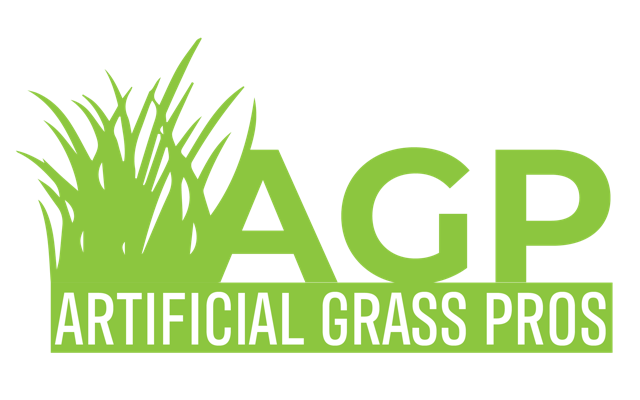There are many types of artificial turf on the market. Some are perfect for playgrounds, while others are used for sports or putting greens. But no matter the purpose, it is important to know which type will best suit your needs.
Playgrounds require synthetic turf with high wear and tear resistance. They also need a good recovery rate. This means that the grass will stay in good condition longer. To meet this requirement, the artificial grass must have an incredibly durable blade.
Infill is also an important part of synthetic turf. It protects the grass from UV damage and heavy foot traffic. It also weighs the turf down and holds the blades in place. The infill should be 1-2 lbs per square foot. If you need more advice on the infill you need, contact a local artificial turf dealer.
The most common types of infill for synthetic turf are silica sand and acrylic coated sand. Silica sand is the cheapest option. Whether you choose silica sand or another infill, it is important to install the product properly. A power broom and a power broom tool will help you to evenly distribute the infill.
Another important aspect is the height of the fibers. A higher pile height can improve the durability of the synthetic lawn. It will also keep it cooler during hot weather. An artificial lawn with a low pile height can be a little uncomfortable for young children.
There are three basic types of artificial turf. These include nylon, polyethylene and polypropylene. Nylon is the strongest synthetic turf. It is a tough fiber that is also highly resistant to UV rays. Because it is resistant to wear, it is commonly used for playgrounds and high-traffic areas. Polyethylene is softer than other materials. However, it may not give you the same look or feel as other options.
Artificial turf is a great way to create a beautiful lawn. It can also be installed on rooftops and balconies. When choosing the right type, consider the size of your lawn and the foot traffic. Choosing the wrong material can cause the synthetic grass to fade and become matted over time.
Depending on the purpose of the artificial lawn, the amount of foot traffic can also affect the quality of the turf. For example, playgrounds with high foot traffic will require a material that is sturdy and can withstand the stress of kids’ feet. On the other hand, if the artificial lawn is installed in a low-traffic area, you might want to consider a softer, more comfortable product.
Lastly, you should check out the fall zone safety rating of your artificial lawn. This rating tells you how well the turf meets the standards of ASTM. Since playgrounds often have heavy equipment, a fall zone rating is a necessity.
Choosing the right kind of artificial turf for your project can make it easier to install and maintain. With the right material, you can also get the looks and benefits of a natural lawn.
Keep up with our other blogs to learn more!

Recent Comments